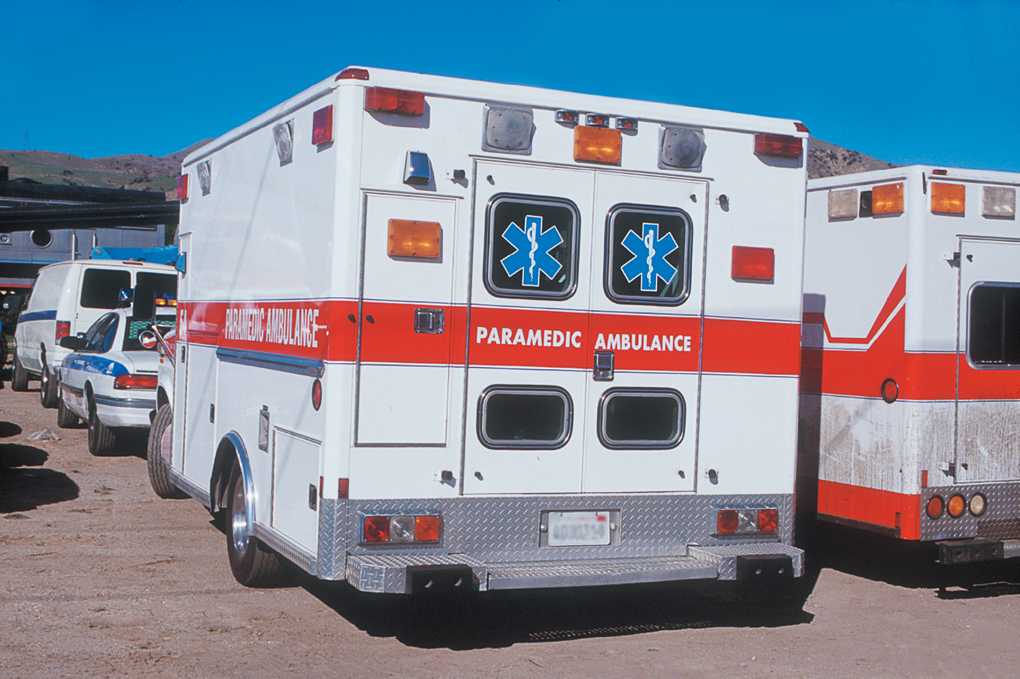CLARKSBURG — One of the state’s five institutions to offer paramedic training will now teach students in Clarksburg.
Pierpont Community and Technical College’s emergency medical services program made the move south for the fall semester, moving from its original location in Fairmont to the Gaston Caperton Center in Clarksburg.
Program coordinator Ben Tacy said that the move was intended to better serve students in a geographical sense.
“Each community college in West Virginia has their own respective region, ours is 13 counties,” said Tacy on a recent appearance on “The Gary Bowden Show” on WAJR-Clarksburg. “That covers Mon County, south on 79 down to Braxton County, out through Randolph and Tucker Counties. So we get a lot of students coming into our program from outside the region.”
Pierpont serves primarily 13 counties within the Mountain State with the majority of the student population stemming from North Central West Virginia. This move allows students, regardless of where they live, to take advantage of the program that Pierpont provides. This includes medical scenarios designed by classmates, which includes a popular ambulance simulator.
“They’ll be in a group, just like they would be responding to a call,” Tacy said. “They’re given dispatch information, another group designs the scenario, they get moulage, they get make-up on, they act out the whole scene and they run the call from time of dispatch, to actually transporting in that ambulance, of course it’s stationary, then all the way through transporting to the hospital.”
The year long program starts in January with enrollment being just about full with less than three months before next year’s classes start. The program is a year long and it will not only include live simulation training but also the National Registry Paramedic Examination, which will put students who pass in a position where job placement is at 100 percent coming out of Pierpont.
“Most of them actually come in and are already kind of working in the field as an EMS, already entering in as an EMT, and even some within the program that aren’t working have jobs lined up as they leave,” Tacy said.
The yearly programs consists of class sizes of approximately 27 students and will have classes during the day and at night so that anyone who wants to improve upon or change their career path can do so.
“The majority of our students have families, full-time jobs and they’re working and we kind of cater our program to that largest demographic, the working adult,” Tacy said.
Enrollment for 2019 classes ends on October 31.
Story by Joe Nelson




